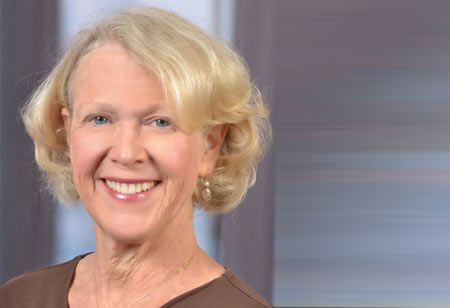Thank you for Subscribing to Healthcare Business Review Weekly Brief

A Necessary First Step: Hiring Full-time Licensed Acupuncturists as Health Providers at Academic Medical Centers
Healthcare Business Review
The U.S. spends a disproportionate amount of money on healthcare compared with its consistently lacking outcomes. Acupuncture, among other complementary therapies, may be a contributing solution to our healthcare dilemma. A financial and operational key to changing this scenario is the assimilation of properly trained Acupuncturists at the expert level into our major medical centers. Patient demand has historically driven growth to complementary therapies and physicians are increasingly willing to refer patients for these procedures. These highly trained professionals, often with doctoral degrees need to be employed as full-time providers to establish confident physician referral networks and to reduce barriers to care for patients. As we have been consistently nearly 90 days out for a patient to gain access to an initial Acupuncture appointment, we have recently added our first full-time Acupuncturist to address this discrepancy between supply and demand.
Scientific research regarding the benefits and results of Acupuncture has grown at an exponential rate in recent years. This is partly why patients are now requesting referrals to this service, even without any knowledge of the origin or theory behind why Acupuncture might be an effective intervention for many health issues. An integral part of traditional Chinese medicine for two thousand years, Acupuncture has gained traction in modern healthcare settings for its therapeutic benefits, especially in pain management.
The practice of Acupuncture involves the insertion of fine, filiform needles at specific points on the body that contain a high concentration of nerve fibers or vascular tissue. This elicits a response known as a “De Qi sensation.”
According to Chinese medicine theory, these propagated senses influence the flow of energy, or Qi, along specific pathways in the body. Modern biomedical research finds these effects to be the result of the stimulation of peripheral nerves, which leads to various physiological responses. Patients may not be aware of the theory and history of Acupuncture, but they often have been referred by someone who has experienced positive effects from the procedure. Physicians and other providers are becoming increasingly aware of the knowledge that science has begun to examine how and why Acupuncture may be effective.
There is a growing body of biomedical literature supporting the therapeutic effects of Acupuncture in the clinical setting. Many randomized controlled trials have indicated efficacy and improved results when compared to standard care treatment alone. However, conclusions often cite a need for further research due to limitations such as sample size, effects controls and resource allocation. Evidence suggests that Acupuncture affects pain perception by modulating pain processing in both the central and peripheral nervous systems.
The acupoints where patients feel the “De Qi” sensation contain higher concentrations of nerve and vascular tissues, which some call neuro-vascular bundles. Stimulating these points leads to a feeling of soreness or heaviness indicating that the needle has arrived at a site that can lead to a healing response.
Research has shown that Acupuncture stimulates an endogenous opioid response, the release of specific hormones and neurotransmitters, increases vascular flow to the needling site and can regulate muscular trigger points through motor nerve stimulation. All of these physiological effects can contribute to the positive outcome of reduced pain for certain conditions.
Most Licensed Acupuncturists, or L.Ac.s, undergo 3-5 years of training, including hundreds of hours of biomedical education. L.Ac providers receive nearly double the clinical training than other auxiliary providers performing dry needling. L.Ac.s typically have a graduate-level degree in Acupuncture from an accredited institution and all have passed national or state licensing examinations to demonstrate their competency and safety in Acupuncture techniques, Chinese medicine theory and biomedical sciences. They are authorized to diagnose and treat patients using Acupuncture and related modalities within the scope of their practice as defined by state regulations and in some states are considered primary care providers for all conditions with the exception of cancer treatment.
Given its strength in treating pain-related conditions, Acupuncture should be integrated into conventional Western medicine with the increasing need for non-opioid pain relief options. Not all problems respond to conventional treatments, and by integrating therapies such as Acupuncture, we can achieve greater patient outcomes and satisfaction.
The call of this article is for academic medical centers to lead the way in hiring L.Ac.s so that they may integrate their practices into top healthcare facilities, have full employee benefits and be able to consistently meet the patient demand for Acupuncture. Until this occurs, Acupuncture treatment provided by part-time, contract providers, will remain an underutilized therapeutic approach that has the potential to address less-than-optimal health outcomes.
The current trend of the integration of Acupuncture into mainstream Western healthcare reflects a changing culture that is beginning to embrace the value of complementary therapies, by both patients and physicians. By integrating Acupuncture into multidisciplinary treatment plans, healthcare systems can provide more comprehensive and personalized care for patients, and everyone wins. Hiring L.Ac.s. as full-time healthcare providers at academic medical centers is a necessary first step in bringing this to fruition.









